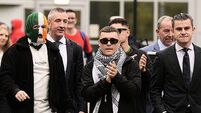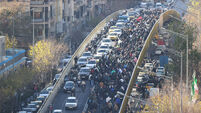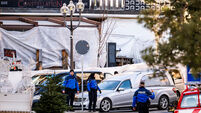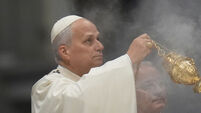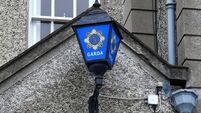Torture and terror kept citizens in fear
The regime’s use of chemical weapons against its own people horrified the world - in 1988, poison gas was used on the Kurdish town of Halabja, killing more than 5,000 civilians and leaving a legacy of environmental poisoning that still affects newborn babies.
Up to 180,000 Kurds “disappeared” in the north of the country while Shia Muslims - a different sect from the Sunnis which traditionally make up Iraq’s ruling class - and Marsh Arabs in the south also faced mass deportation and execution.
No opponents of Saddam’s rule were safe. Shortly after seizing power in 1979 he turned on his own party’s hierarchy, forcing about a third of the members of the Revolutionary Command Council and the National Command of the Ba’ath Party to publicly confess to invented crimes.
They were executed by firing squads comprising other members of the same party, whose families were held hostage.
Earlier, in 1978, he had turned against the Iraqi Communist Party and carried out a wave of mass executions and detentions against ICP members. ICP sources estimate the number of members killed at 7,000.
Torture methods used by his security forces included rape, acid baths and eye-gouging while criminal punishments could involve amputation and mutilation, or the removal of the tongue for criticising the president and his family.




